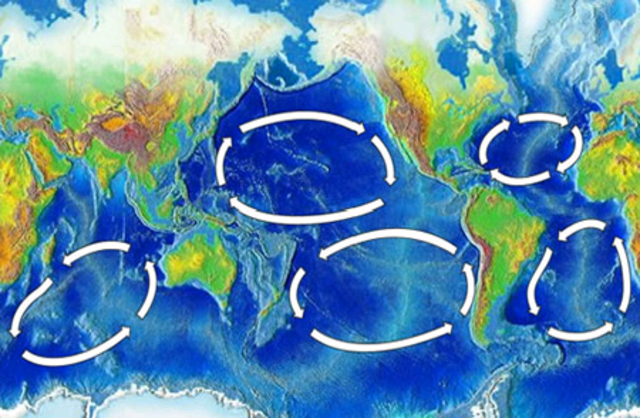We just learned about Lymph.
Another part of the lymphatic system is the Lymph Capillary.
These are tiny little tubes a lot like the capillaries that carry blood, but they carry lymph instead, and they are a little smaller.
Remember that there are a bunch of left over liquids in the body that all make up what we call lymph.
The lymph gets sucked into these tiny capillaries that are all over the body.
These tiny tubes are like little collectors picking up all the lymph that gets left behind by the blood vessels or other organs, to carry it along the lymphatic system.

(from: wikipedia - lymph capillary)
Kid Facts - Blast from the past: Pupil






